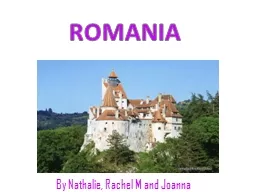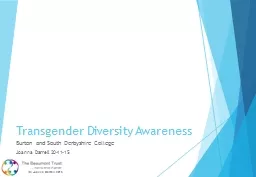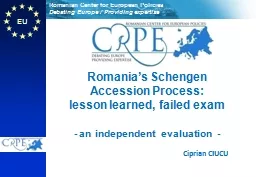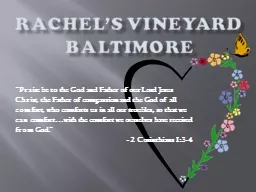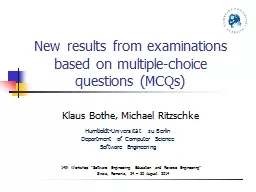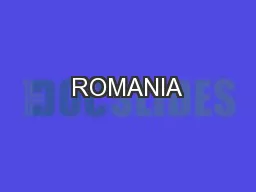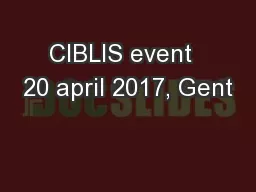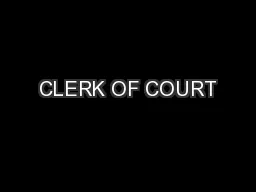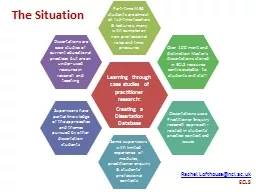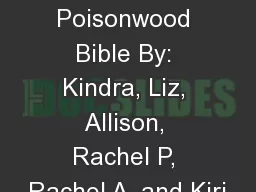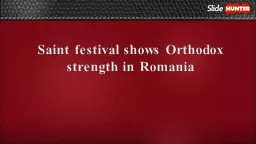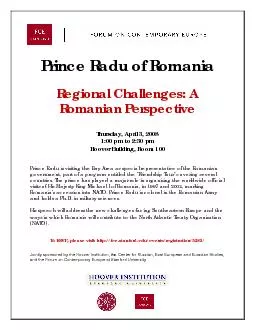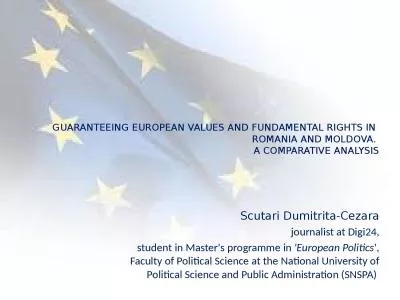PPT-ROMANIA By Nathalie, Rachel M and Joanna
Author : doggcandy | Published Date : 2020-08-26
This is our project on Romania We really enjoyed learning about Romania We hope you learn as much as we did and enjoy this project INTRODUCTION PHYSICAL MAP
Presentation Embed Code
Download Presentation
Download Presentation The PPT/PDF document "ROMANIA By Nathalie, Rachel M and Joanna" is the property of its rightful owner. Permission is granted to download and print the materials on this website for personal, non-commercial use only, and to display it on your personal computer provided you do not modify the materials and that you retain all copyright notices contained in the materials. By downloading content from our website, you accept the terms of this agreement.
ROMANIA By Nathalie, Rachel M and Joanna: Transcript
Download Rules Of Document
"ROMANIA By Nathalie, Rachel M and Joanna"The content belongs to its owner. You may download and print it for personal use, without modification, and keep all copyright notices. By downloading, you agree to these terms.
Related Documents

